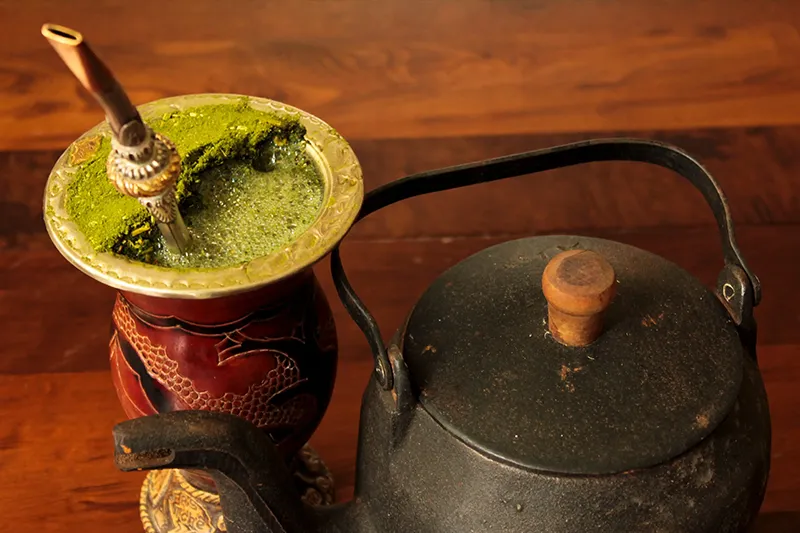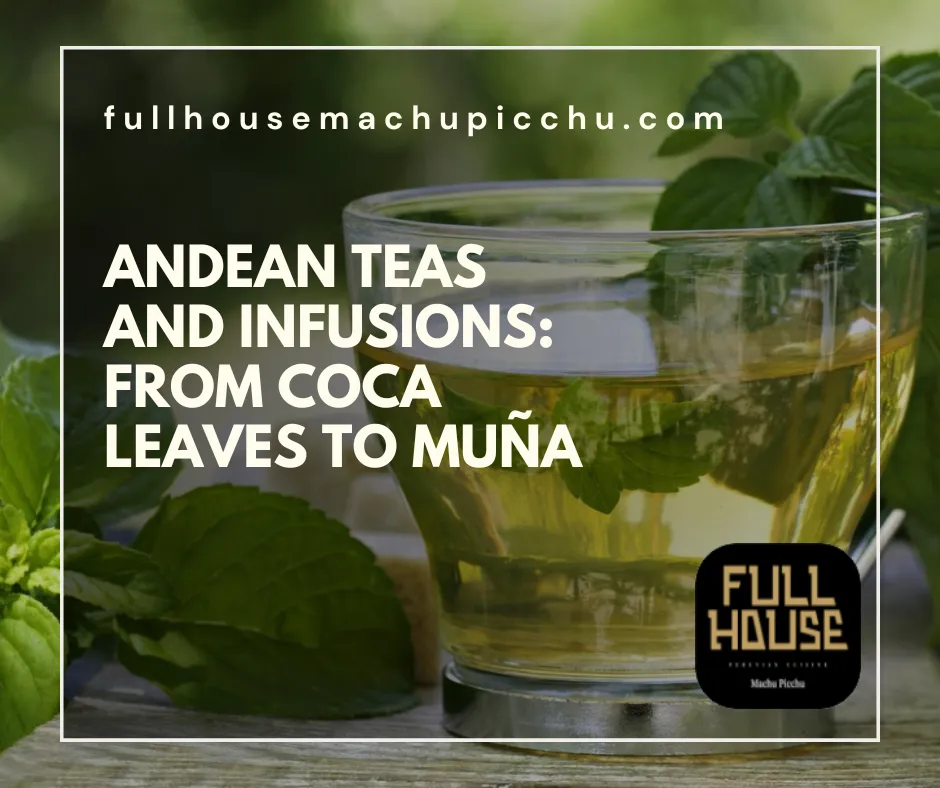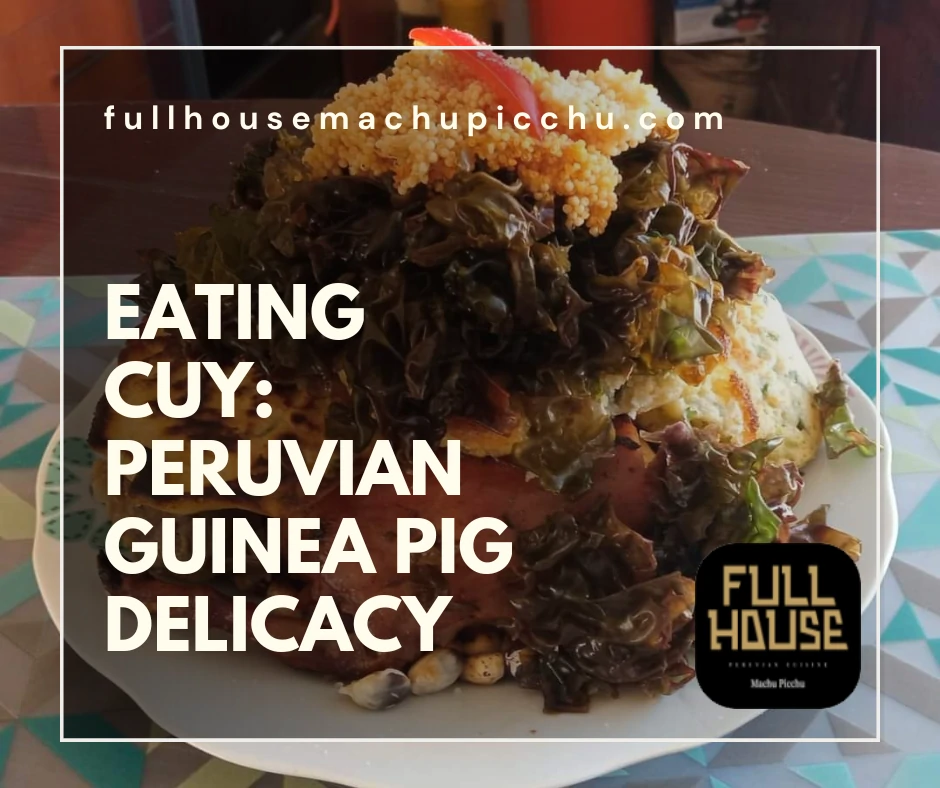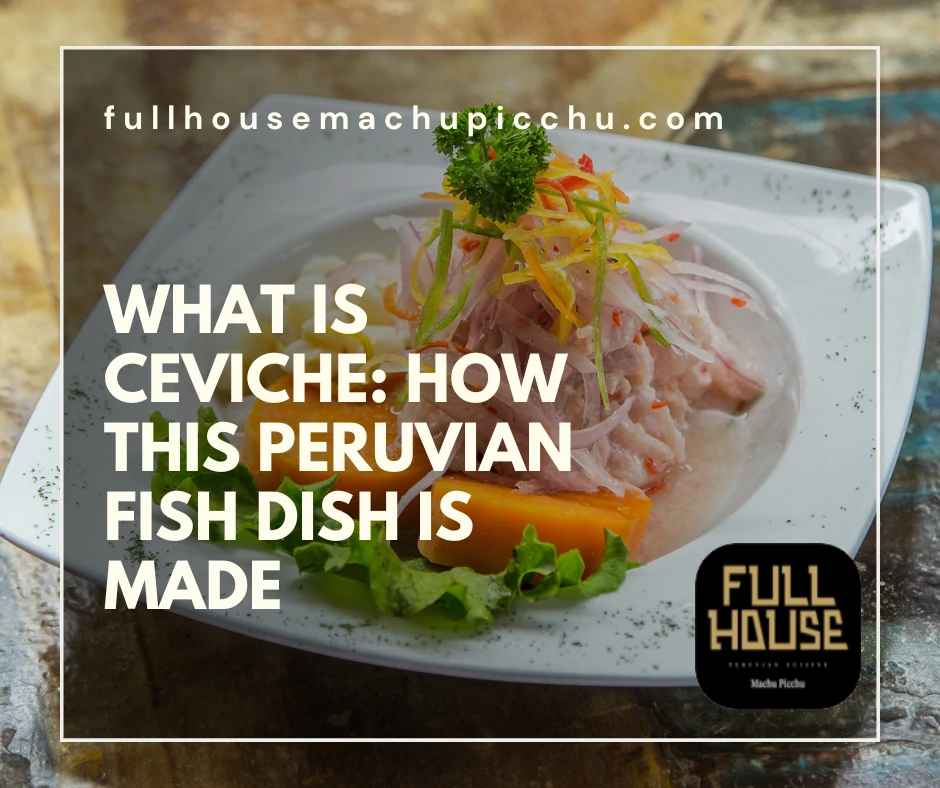The Andes, with its rich biodiversity, has been a treasure trove for herbal remedies for millennia. From high-altitude shrubs to deep valley herbs, Andean teas and infusions have held a revered spot in traditional medicine. These brews, rooted in ancient practices, carry tales of healing, rituals, and community bonding.
Yet, understanding these herbal concoctions is more than just recognizing their health benefits. It’s about diving deep into a history where nature and culture intertwine seamlessly. Each sip offers a glimpse into the past, revealing the wisdom of ancient Andean civilizations.
Understanding the Ancient Roots of Andean Herbal Brews
The rich tapestry of Andean culture is steeped in history. Among its threads, Andean teas and infusions stand out distinctly. These brews aren’t just drinks; they’re symbols of cultural identity. From spiritual rituals to daily comforts, they’ve played pivotal roles for millennia.
Andean teas and infusions have origins dating back to pre-Columbian times. Early indigenous communities discovered the benefits of various herbs. They noticed how certain plants alleviated ailments, and how others energized the spirit. Consequently, these herbal findings became integral to their daily lives and ceremonial practices.
Quinoa, potatoes, and maize often overshadow these teas in discussions about the Andes. Yet, Andean teas and infusions remain equally vital. In fact, they’ve become cornerstones of peruvian beverages. Coca leaf tea is a prime example. Historically consumed by Incan priests, it now helps modern travelers combat altitude sickness. Muña, another significant infusion, has always been revered for its digestive benefits and soothing qualities.
Today, these herbal drinks maintain a firm place in daily Andean life. They’re not only cherished for their health benefits but also as expressions of tradition. As globalization beckons, the popularity of Andean teas and infusions grows internationally. Many now recognize their therapeutic potential and unique flavors.
In essence, the journey of Andean teas and infusions mirrors the Andean people’s resilience. Despite challenges, these teas have held onto their cultural significance. They’re more than just beverages; they’re stories of heritage, waiting to be sipped and savored.
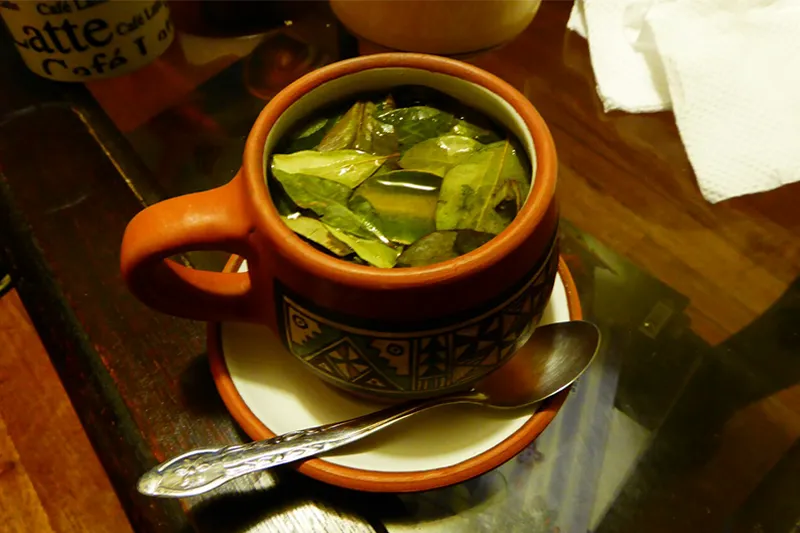
Coca Leaves Unveiled: Beyond Controversy to a Tradition of Health and Vitality
Coca leaves often evoke thoughts of illegal substances and controversies. Yet, their true story is rich with tradition. Far from the notorious reputation, Andean teas and infusions made from coca are celebrated for wellness and relaxation. They’ve been part of Andean culture for centuries.
Before coca became synonymous with illicit drugs, it had spiritual significance. Indigenous communities revered it for its life-enhancing properties. Just as peruvian coffee wakes up the senses, coca teas invigorate the soul. For high-altitude residents, it became a remedy against the thin mountain air.
Diverse in its use, coca also found a place in ancient rituals. Shamans believed it connected them with higher realms. Andean teas and infusions, especially coca-based ones, carried messages to the gods. They were channels of communication, offerings of gratitude and requests for guidance.
Modern research sheds light on its benefits. Beyond energy, coca leaves offer essential nutrients and alkaloids. These elements aid digestion, suppress hunger, and reduce pain. Such health advantages make it an invaluable resource for the Andes’ inhabitants. Andean teas and infusions reintroduce coca to the world in its authentic essence.
Yet, globalization comes with challenges. The commercial exploitation of coca outside its cultural context obscures its legacy. But, as awareness grows, perspectives are changing. The narrative is slowly shifting from controversy to an acknowledgment of its healthful virtues.
In a world searching for natural remedies, Andean teas and infusions stand as timeless solutions. Through them, coca leaves are unveiled. Their true narrative is one of vitality, tradition, and a deep-rooted connection with the Andean spirit.
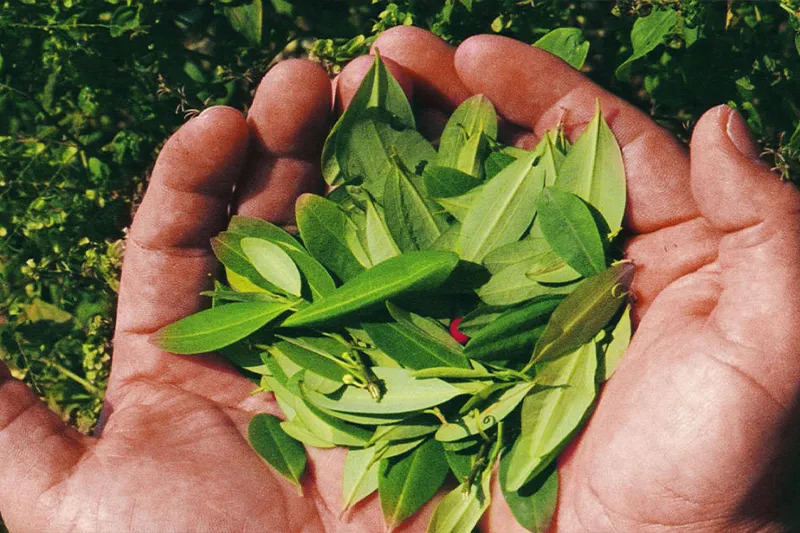
Muña’s Magic: The Minty Marvel of the Mountains and its Therapeutic Qualities
High in the Andes, a minty herb thrives, captivating those who encounter its aroma. It’s called muña, a native Andean herb. Its refreshing taste sets it apart in peruvian drinks, but its appeal goes deeper.
Muña isn’t just another herbal addition. Its significance in Andean Teas and Infusions is monumental. For centuries, indigenous communities have cherished muña for both its flavor and medicinal virtues. The herb plays a dual role: a delightful beverage ingredient and a healer.
Traditionally, muña has been a remedy for many ailments. Digestive issues? A cup of muña tea often does the trick. Respiratory problems? Its soothing qualities come to the rescue. While many herbs claim medicinal properties, muña’s effects are well-documented and celebrated.
This mountainous marvel also boasts anti-inflammatory properties. Andean Teas and Infusions have long incorporated muña to combat infections and boost immunity. It’s a holistic approach to health, rooted in ancient wisdom.
But it’s not all about health. Muña offers a unique, minty flavor that’s unmatched. Whether it’s a cold brew on a sunny day or a warm infusion on chilly nights, muña delivers. It stands proudly among Peruvian drinks, offering both comfort and cure.
In the modern world, the allure of natural remedies grows stronger. Muña, with its myriad benefits, perfectly fits this narrative. As global interest in herbal treatments surges, the magic of muña becomes more evident. It’s not just a minty marvel; it’s a testament to the Andes’ rich botanical heritage.
In essence, muña encapsulates the beauty and bounty of the mountains. Its magic lies in its simplicity, tradition, and undeniable therapeutic qualities.
